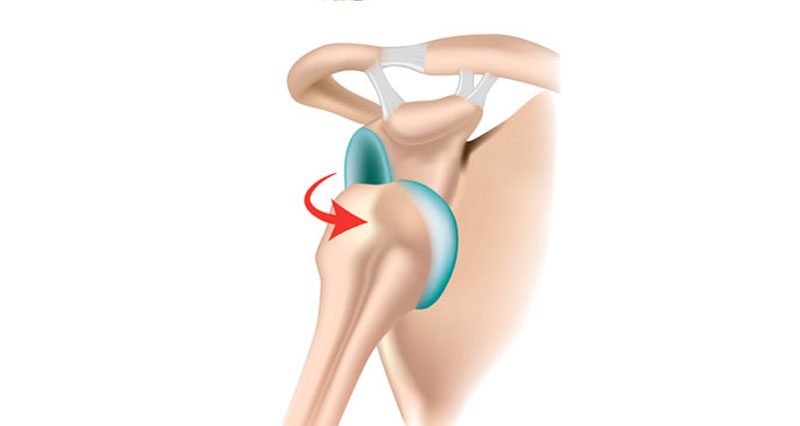Shoulder Instability at DRHC Dubai Orthopedic Clinic
Learning about the various aspects for its better management
Introduction:
- Shoulder instability refers to a type of dislocation of the shoulder wherein the structures surrounding this joint are no longer able to hold the ball within the socket.
- The task of providing stability to the shoulder joint is collectively handled by the bony structure of the joint surfaces, the ligaments, the capsule, and the muscles. Hence any damage or trauma to any single of these components is likely to result in the condition of shoulder instability.
Types of shoulder instability:
There are generally three main types of shoulder instability that patients might suffer from. These are described in brief as follows:
- Traumatic Dislocation: This condition results when the shoulder joint is pulled out of its place due to the sheer force of a severe injury. It is one of the most painful types of instability that this vital joint can suffer from.
- Non-Traumatic Dislocation: When the soft tissue cover around the shoulder joint stretches out due to repetition of specific shoulder movements, it results in non-traumatic instability.
- Positional Non-Traumatic Dislocation: This type of dislocation is non-traumatic but often happens frequently in the form of voluntary dislocation. This condition generally affects people suffering from the problem of lax joints.
Diagnosing the condition:
- In most cases, a thorough physical examination combined with an X-ray of the shoulder will help the doctor with the diagnosis of shoulder instability. In addition, the doctors might also seek information from the patients regarding their past medical history, any previous shoulder injuries, pain, and the presence of other symptoms.
- These might include the onset of sudden and acute pain in the shoulder, numbness or discoloration of the arm right up to the hand, difficulty in the normal functioning of the shoulder, and deformation or swelling of the shoulder. In some cases, the doctors might also suggest a shoulder instability test to confirm the diagnosis.
Treatment options available:
- While there are several options available for the treatment of the condition of shoulder instability. These include both surgical and non-surgical options and the choice of a specific method depends on various factors.
- In the case of patients displaying the symptoms of only possible instability, physiotherapy, and strengthening treatments which might include shoulder instability exercises might be recommended.
- The shoulder strengthening method is also extremely effective in treating patients suffering from multi-directional shoulder instability.
- These treatment methods are often accompanied by anti-inflammatory medications. However, in case the patients do not gain relief through these therapies and treatment methods, the doctors might recommend surgery as a treatment option.
- The shoulder instability surgery is generally based on the reasons responsible for the instability.
.png?width=281&height=59&name=bookanappointment%20(1).png)
Dubai Shoulder Clinic at DRHC has the best orthopedic surgeons in Dubai who provide shoulder arthroscopy, shoulder surgery, and treatment for shoulder pain, frozen shoulder, dislocated shoulder, shoulder impingement, and so on. Call +97142798200 to Schedule Your Appointment Today.




.png?width=281&height=59&name=bookanappointment%20(1).png)




